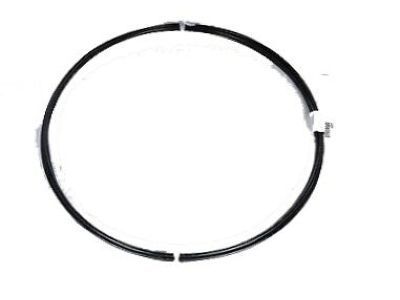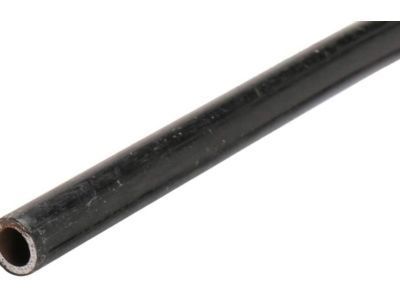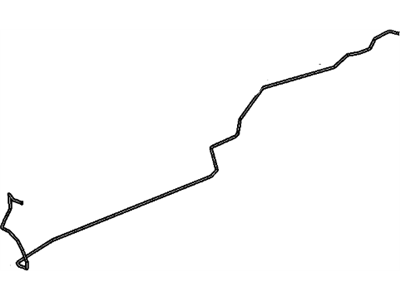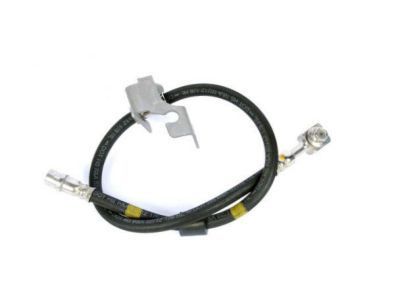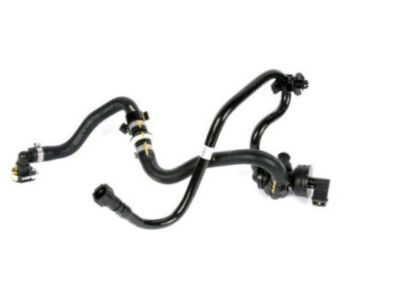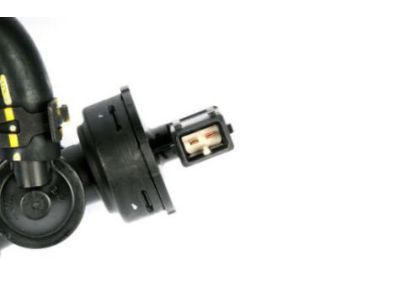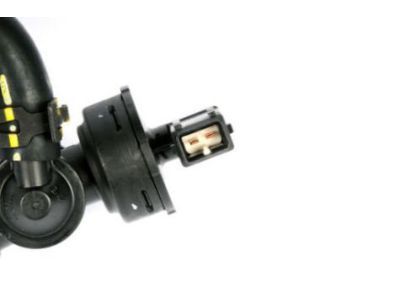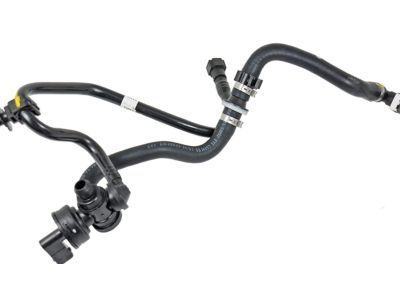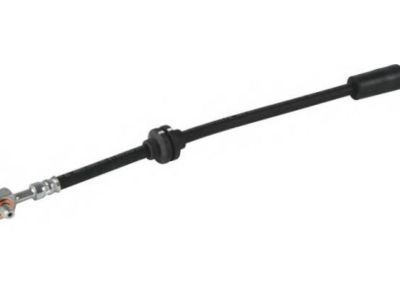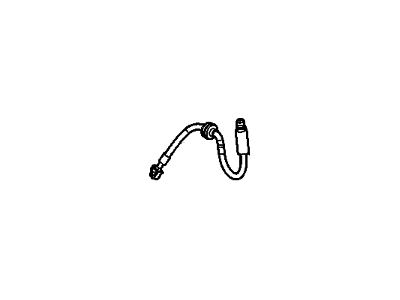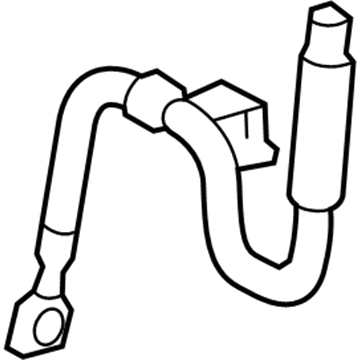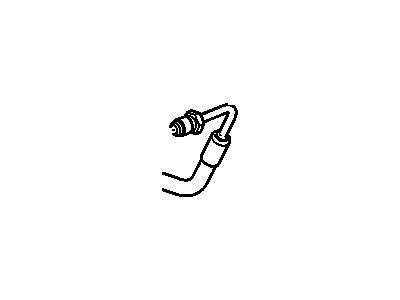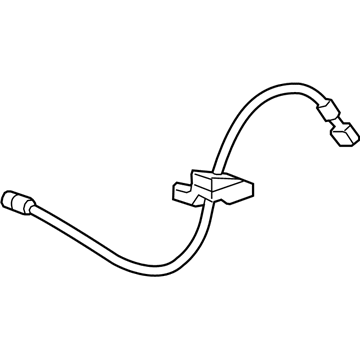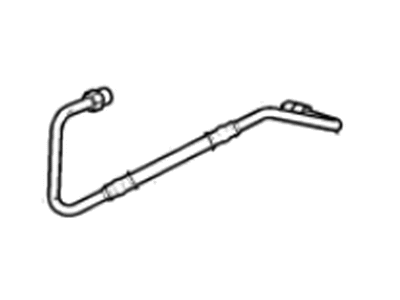
My Garage
My Account
Cart
Genuine Chevrolet Cruze Brake Line
Brake Hose- Select Vehicle by Model
- Select Vehicle by VIN
Select Vehicle by Model
orMake
Model
Year
Select Vehicle by VIN
For the most accurate results, select vehicle by your VIN (Vehicle Identification Number).
22 Brake Lines found
Chevrolet Cruze Pipe,Brake
Part Number: 88983905$68.37 MSRP: $134.44You Save: $66.07 (50%)Ships in 1-3 Business DaysChevrolet Cruze Hose Assembly, Rear Brk
Part Number: 39041641$19.31 MSRP: $36.43You Save: $17.12 (47%)Ships in 1-2 Business DaysChevrolet Cruze Pipe Assembly, Power Brake Booster Vacuum
Part Number: 13375242$43.38 MSRP: $81.29You Save: $37.91 (47%)Ships in 1-2 Business DaysChevrolet Cruze Hose Assembly, Front Brake
Part Number: 13399770$11.74 MSRP: $21.34You Save: $9.60 (45%)Ships in 1-3 Business DaysChevrolet Cruze Pipe Assembly, Power Brake Booster Vacuum
Part Number: 13386699$127.05 MSRP: $249.84You Save: $122.79 (50%)Ships in 1-2 Business DaysChevrolet Cruze Hose Assembly, Front Brake
Part Number: 13399771$14.13 MSRP: $26.66You Save: $12.53 (47%)Ships in 1-2 Business DaysChevrolet Cruze Hose Assembly, Front Brake
Part Number: 39140151$9.77 MSRP: $17.77You Save: $8.00 (46%)Ships in 1-2 Business DaysChevrolet Cruze Pipe Assembly, Brake Pressure Mod Valve
Part Number: 13252024$17.63 MSRP: $32.07You Save: $14.44 (46%)Ships in 1-2 Business DaysChevrolet Cruze Hose Assembly, Rear Brake
Part Number: 39140154$14.36 MSRP: $26.07You Save: $11.71 (45%)Ships in 1-2 Business DaysChevrolet Cruze Hose Assembly, Rear Brake
Part Number: 39140153$13.06 MSRP: $24.65You Save: $11.59 (48%)Ships in 1-2 Business DaysChevrolet Cruze Hose Assembly, Rear Brk
Part Number: 39041642$18.78 MSRP: $35.47You Save: $16.69 (48%)Ships in 1-2 Business DaysChevrolet Cruze Pipe Assembly, Brake Pressure Mod Valve
Part Number: 13252025$16.55 MSRP: $31.18You Save: $14.63 (47%)Ships in 1-2 Business DaysChevrolet Cruze Hose Pkg, Rear Brake
Part Number: 13360000$18.59 MSRP: $33.81You Save: $15.22 (46%)Ships in 1-2 Business DaysChevrolet Cruze Pipe,Brake
Part Number: 93178453$26.87 MSRP: $48.86You Save: $21.99 (46%)Ships in 1-2 Business DaysChevrolet Cruze Pipe Assembly, Brk Press Mod Vlv (Secd)
Part Number: 42692830$13.77 MSRP: $25.83You Save: $12.06 (47%)Ships in 1-2 Business DaysChevrolet Cruze Hose Pkg, Rear Brake
Part Number: 13360001$17.96 MSRP: $33.89You Save: $15.93 (48%)Ships in 1-2 Business DaysChevrolet Cruze Pipe Asm,Brake
Part Number: 93171004$7.95 MSRP: $13.08You Save: $5.13 (40%)Ships in 1-2 Business DaysChevrolet Cruze Hose Assembly, Front Brake
Part Number: 39140152$9.41 MSRP: $17.77You Save: $8.36 (48%)Ships in 1-2 Business DaysChevrolet Cruze Pipe Assembly, Brk Press Mod Vlv (Prim)
Part Number: 42692831$18.10 MSRP: $34.15You Save: $16.05 (47%)Chevrolet Cruze Pipe Assembly, Power Brake Booster Vacuum
Part Number: 13288850$45.81 MSRP: $78.32You Save: $32.51 (42%)Ships in 1-2 Business Days
| Page 1 of 2 |Next >
1-20 of 22 Results
Chevrolet Cruze Brake Line
Brake Line in Chevrolet Cruze is the component that helps in the transmission of brake fluid from the master cylinder to the brake caliper pistons thus facilitating the hydraulic braking. This system is particularly necessary to make sure that if the brake pedal is pressed the vehicle could come to a halt or slow down. It is pertinent to note that throughout the operation of Chevrolet Cruze, different types of Brake Line have been deployed such as metal brake lines and rubber brake hoses. Metal lines have the problem of corrosion and in cold climate conditions the fluid tends to freeze while rubber hoses have both external and internal problems. However, for those who desire more performance the installation of braided stainless steel Brake Lines can dramatically improve on pedal feel and sensitivity, especially when the car is being driven hard. Pre bent brake line kits and direct replacement hoses can be used for easier installation and other maintenance.
Each OEM Chevrolet Cruze Brake Line we offer is competitively priced and comes with the assurance of the manufacturer's warranty for the part. Furthermore, we guarantee the speedy delivery of your orders right to your doorstep. Our hassle-free return policy is also in place for your peace of mind.
Chevrolet Cruze Brake Line Parts Questions & Experts Answers
- Q: How often should you inspect the flexible hoses connecting the steel brake lines to the brake assemblies on Chevrolet Cruze?A:Every half year, preferably after lifting the car and supporting it on jack stands, look for flex hoses connecting the steel lines to the front and rear brake assemblies, cracks, frication bare, leaks, blisters, etc., are signs of a bad component. A thorough check can be done with the help of a light and a mirror; any defective hose must be replaced by a new one. Start by washing down all grime from the hose ends; then to free it from the brake line, use the metal tube nut in do away with the metal flare nut wrench, the U-clip at the female fitting at the bracket, and the hose out of the bracket. Subsequently, remove the hose from the caliper and dispose of the sealing washers flanking the fitting after which connect a new brake hose to the caliper or Wheel Cylinder using new sealing washers. To connect the hose to the metal line it must be put through the frame bracket without twisting and then the tube nut fitting should be tightened and U-clip to the frame bracket should be fitted. A few times ensuring that parts such as suspension or steering does not come in contact with the hose. When replacing brake lines, use the correct parts, do not use copper tubing, to buy steel brake lines from the dealer or auto parts store. Brake lines can be of prefabricated type with flared tube ends and with fittings installed and can be bent to the required shape by means of tubing bender. The new line should be well supported in the brackets especially in terms of clearance to avoid coming in contact with moving or hot part. After installation check the master cylinder fluid level and fill up where necessary ,then see that you bleed the brake system properly and when using the brake be very careful.
